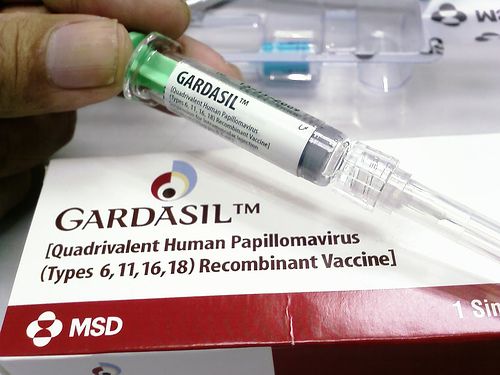Sexual Health, Questions & Answers
Q&A: Cunnilingus, Fellatio, And Safer Sex
QUESTION: Is cunnilingus an unsafe practice? What are the risks of STIs with cunnilingus for both partners, given that body fluids are exchanged during it?
Oral sex does involve the exchange of bodily fluids, whether we’re talking about cunnilingus (which is oral sex performed on a woman) or fellatio (which is oral sex performed on a man).
Get Tested Together
Both types of oral sex have significant potential for pleasure, for both the giver and the receiver. However, unprotected oral sex also carries risks for passing sexually transmissible infections (or STIs), including HIV, the virus that can lead to AIDS.
It’s not that oral sex itself is an unsafe practice – after all, vaginal sex, anal sex, and oral sex all carry risks. What I would suggest is that it’s the way that people engage in sexual behaviors that make them more or less safe.
For both cunnilingus and fellatio, there is the risk of passing chlamydia, gonorrhea, syphilis, HIV, herpes and most likely even the human papillomavirus, which is often called HPV.
You can’t tell if someone has an STI by looking at their genitals or mouth, which is why it is important to talk to people who you are thinking about being sexual with and learn whether they have an STI, when they were last tested for STIs and which STIs they were tested for.
If there are any STIs that you are particularly concerned about, and want to make sure they don’t have, then I suggest going in and getting tested together. It is very common, for example, for new couples to go to a clinic and get tested for HIV together.
STIs are a very real risk and people often underestimate the risk of getting an STI, or passing an STI to one’s partner, through oral sex.
Less Risky Does Not Mean Risk-Free
Even though using a condom for fellatio or a dental dam for cunnilingus could significantly reduce STI risk, very few people choose to use condoms for oral sex.
More recently, scientists have found that HPV is linked to more cancers than was previously known – for example, many head and neck cancers have been linked to HPV and it’s thought that the increased risk may be resulting from HPV transmission through oral sex.
HPV is also frequently transmitted through vaginal sex and anal sex and has been linked with anal cancers, cervical cancer, penile cancer and vulvar cancer.
That said, most people engage in oral sex. Data from our National Survey of Sexual Health and Behavior – a nationally representative survey of the sexual practices of Americans ages 14 to 94 – found that most men and women in their 20s and 30s had performed oral sex in the past 3 months.
It’s a very common behavior and one that, most of the time, doesn’t result in STI infection or other problems. It’s certainly less risky of a behavior than unprotected vaginal sex or unprotected anal sex.









